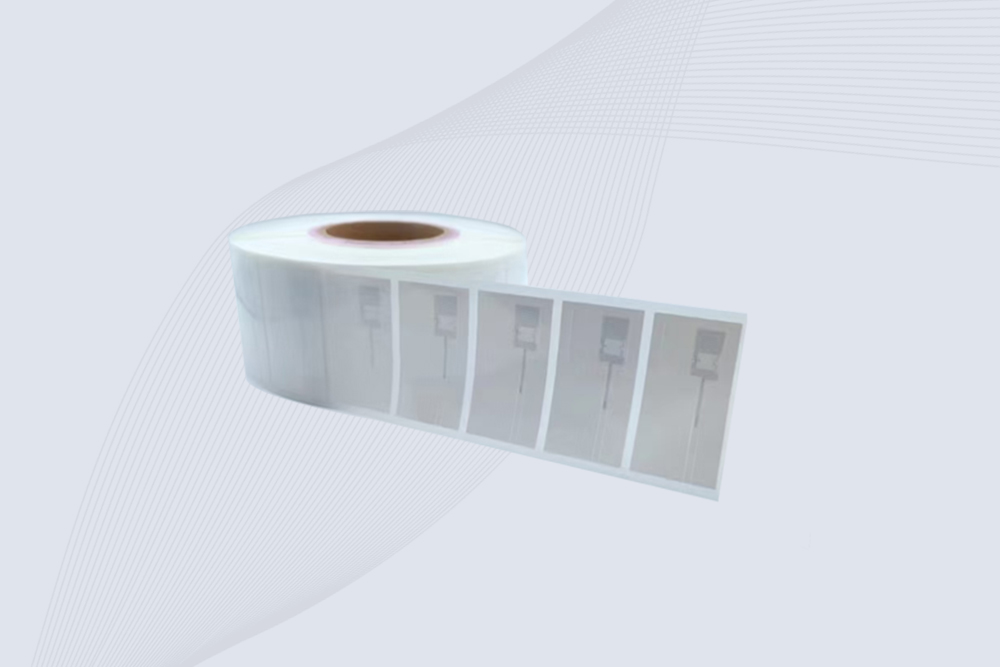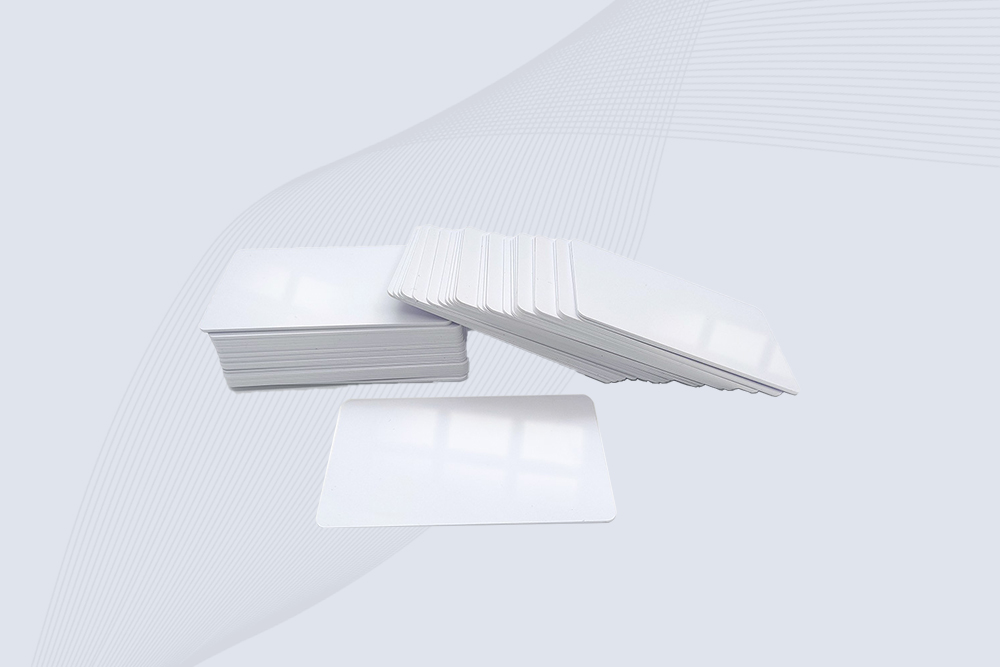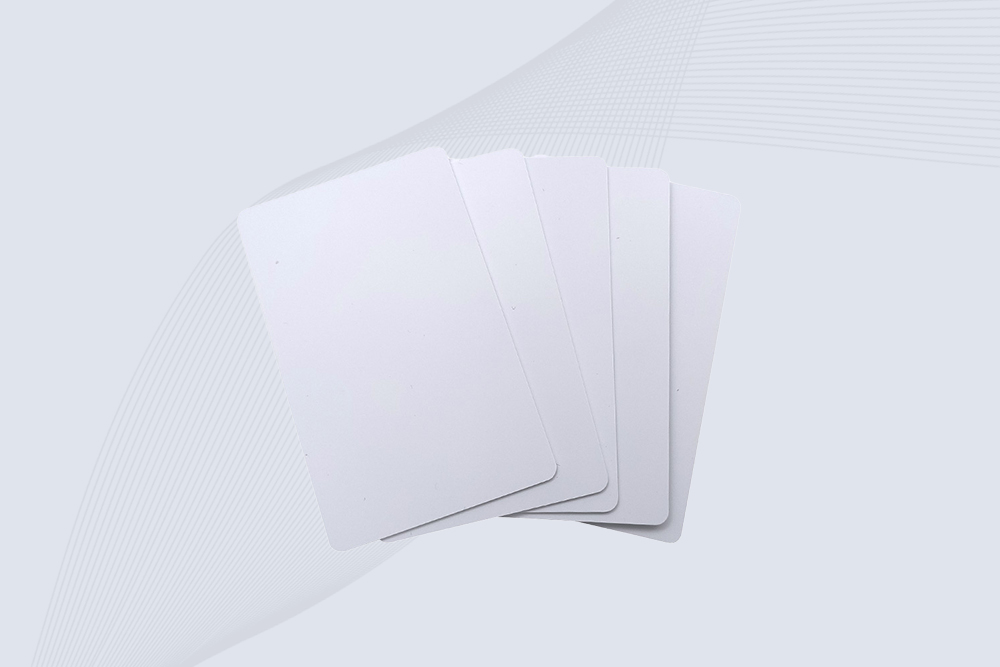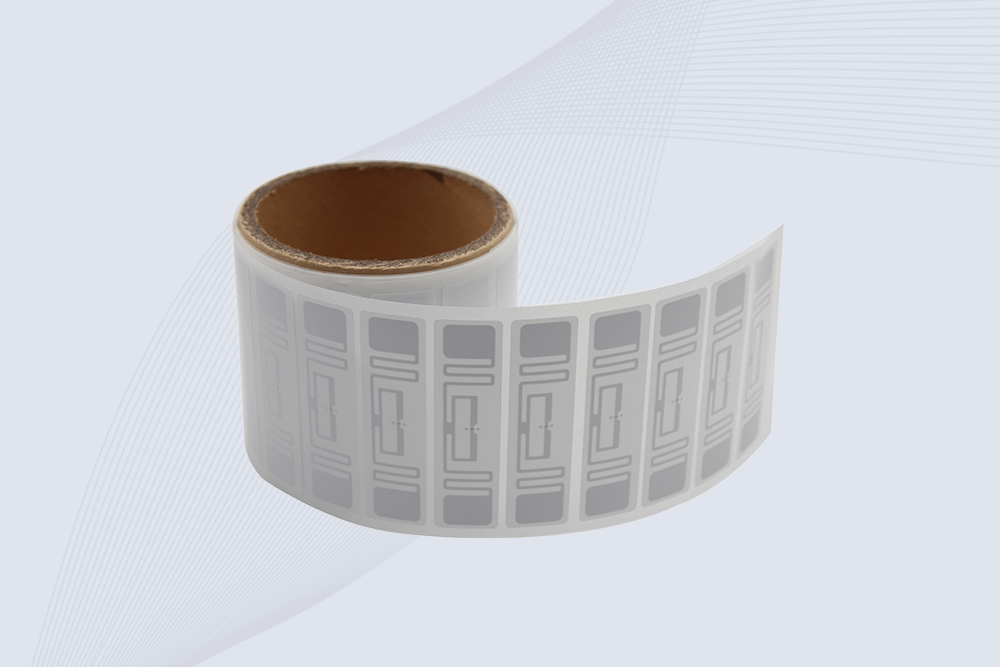What Is an RFID Reader? Your Plain-English Guide
309Discover what RFID readers are, how they function, different types available, and where they're used. Learn key selection tips for your business needs.
MoreAll RFID Product
If you’ve ever held a plastic access card, a warehouse tag, or a library label and wondered “Is this an RFID tag, and what type is it?”, you’re not alone. RFID technology hides in plain sight — inside cards, stickers, and even tools — and it comes in several different types. Knowing how to identify your RFID tag can save hours of trial and error, especially if you’re troubleshooting or planning to integrate it into a new system.
Sometimes the answer is right in front of you. Check the surface of the card or packaging — you might find a small print like “13.56 MHz”, “125 kHz”, or “UHF”. These numbers tell you the operating frequency:
If nothing is printed, don’t worry — there are other ways to figure it out.
Most smartphones come with an NFC function, which can read HF (13.56 MHz) RFID tags. Simply turn on NFC and use an app like “NFC Tools” to scan your tag.
It’s a quick and easy test — no special equipment needed.
If you want to know for sure, a multi-frequency RFID reader is the way to go. These devices can detect the tag’s frequency, protocol, and even specific chip details. Many technicians use them when matching tags to readers in warehouse systems or testing access control cards.
Professional readers can instantly tell you whether a tag runs on LF, HF, or UHF, and which communication standard it follows — like ISO14443, ISO15693, or EPC Gen2. That’s the most reliable way to identify an RFID tag, hands down.
Sometimes the design gives it away:
If you notice the tag struggles to work near metal, that’s another sign it might be a UHF tag — high frequencies don’t like metal surfaces unless the tag is specially designed for it.
If your reader or phone can’t detect the tag:
Try testing the tag in an open area or with a different reader to rule out these issues.
Identifying RFID tag isn’t just about frequency numbers — it’s about understanding context. Where the tag is used, what material it’s made of, and how it behaves around metal or water can all tell you something.
For quick checks, a smartphone works great. For full certainty, a professional reader is worth having — especially if you’re working with mixed-frequency systems. Once you know what kind of RFID tag you have, setting up readers or troubleshooting connectivity becomes much easier.

Cykeo CK-BQ6826 Jewelry uhf rfid tag features NXP UCODE 9, 8m read range on metal, and anti-counterfeit security for luxury assets.

Cykeo CK-BQ8554HF HF rfid cards feature FM1108 chip, 100K write cycles, and customizable printing for access control systems.

Cykeo CK-BQ8554UHF uhf rfid card features U9 chip, 100K write cycles, and CR80 size for access control/inventory management.

Cykeo CK-BQ7320 UHF RFID asset tag features aluminum-etched antenna, 10-year data retention, and -40°C to +85°C operation for industrial tracking. ISO/IEC 18000-6C compliant with 128-bit EPC memory.
Discover what RFID readers are, how they function, different types available, and where they're used. Learn key selection tips for your business needs.
MoreiOS read RFID solutions tested: Discover which setups actually work for inventory. See iPhone compatibility, hidden costs, and how Cykeo users avoid common fails.
MoreHow wireless RFID scanners work, their main types, key features, and real-world applications. A practical guide to RFID technology for inventory, retail, and access control.
MoreThis article provides a comprehensive overview of livestock RFID readers, including how they work, key features, usage scenarios, and buying tips—helping users improve animal identification efficiency and optimize farm operations.
More